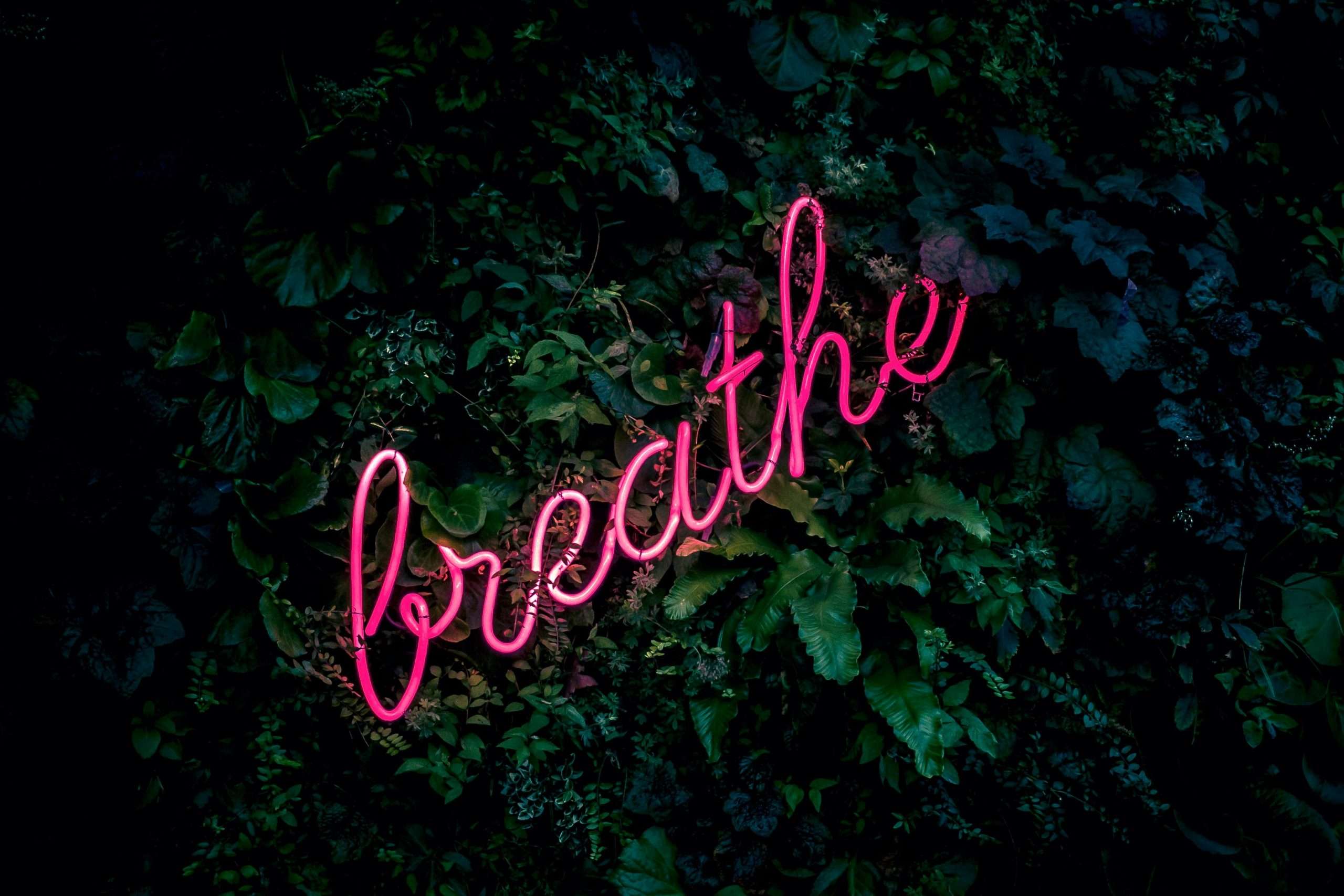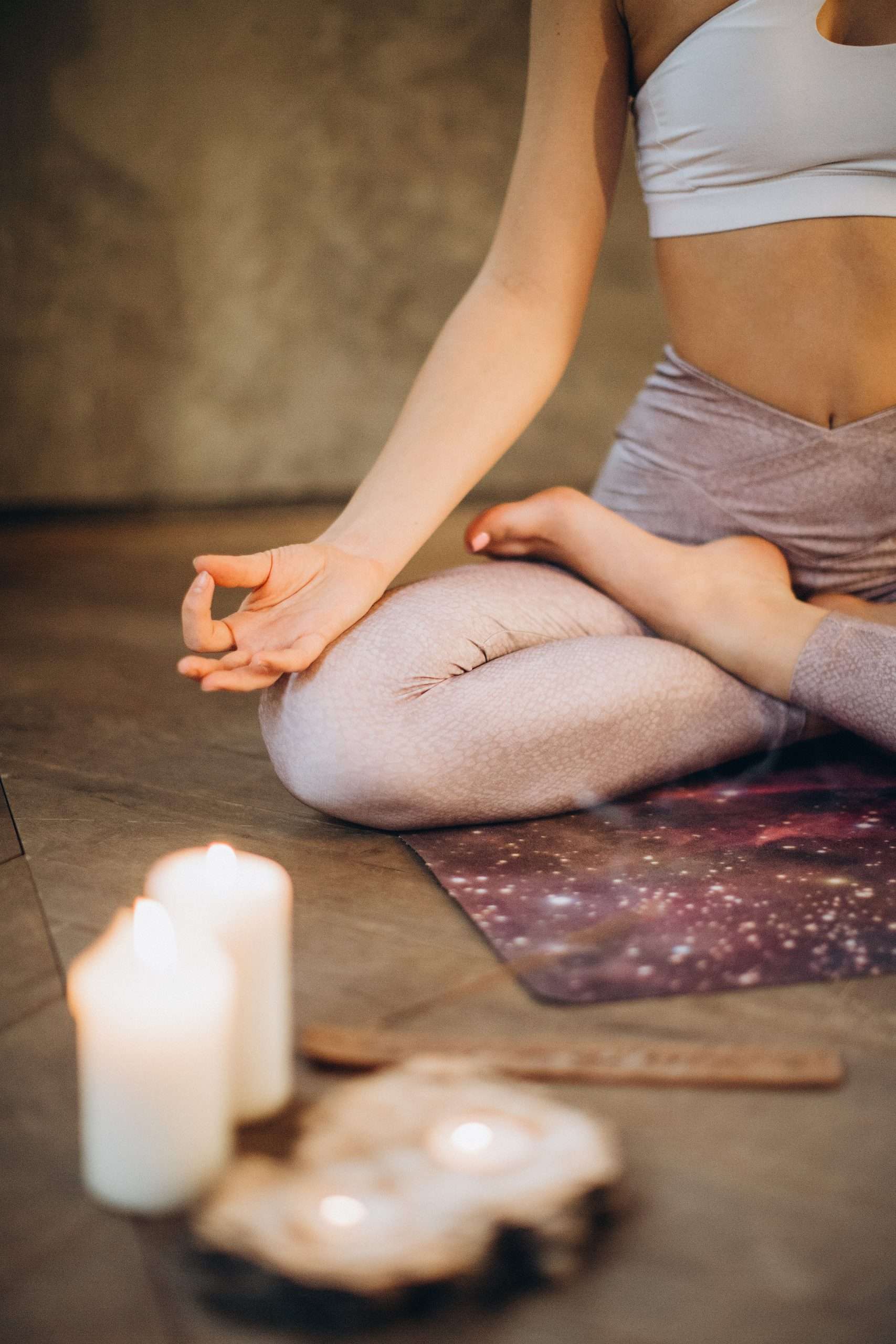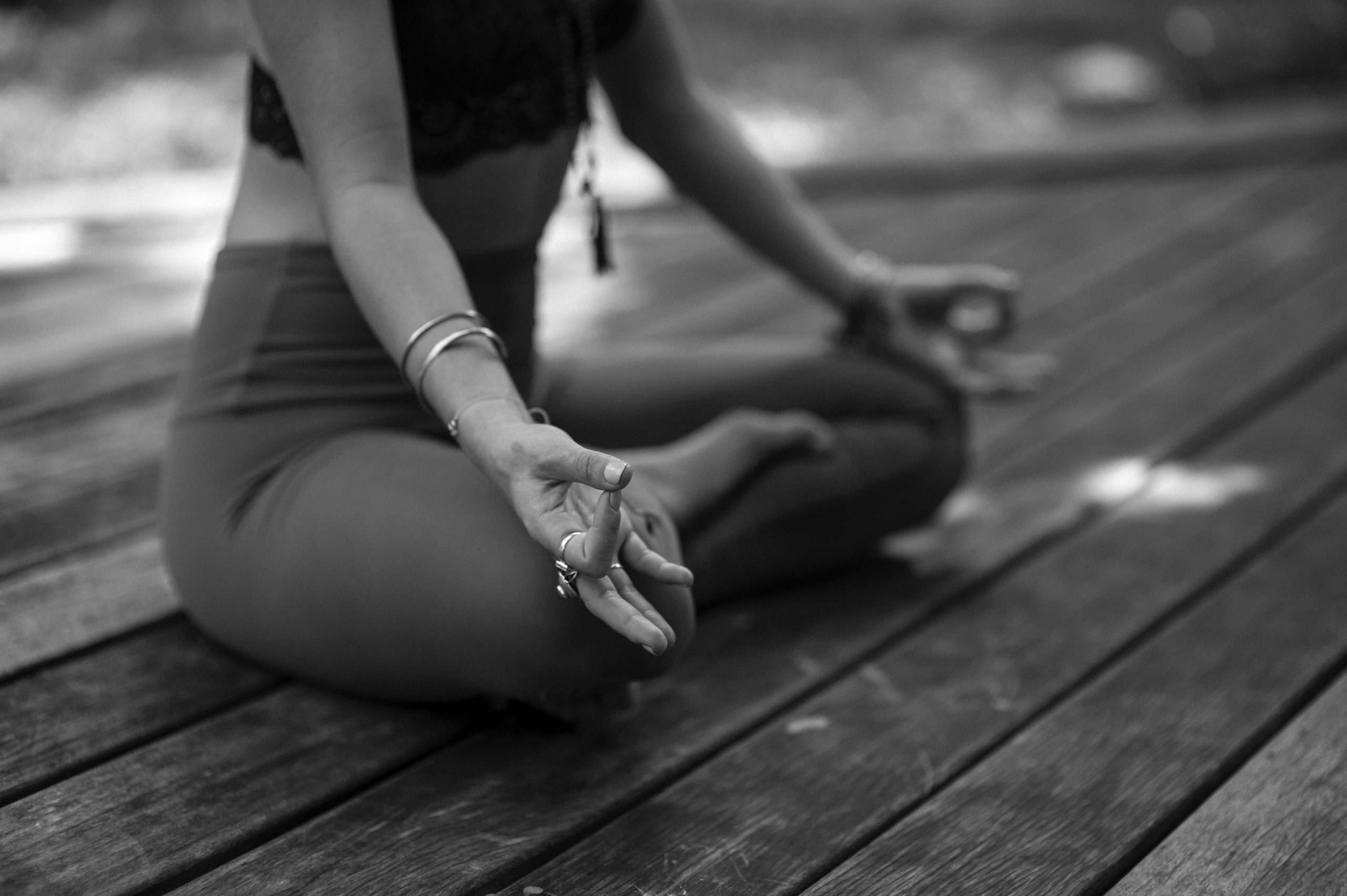5 Tips When Sequencing Yoga for Beginners
Sequencing yoga can be challenging, and there are a few important aspects to remember specifically when sequencing yoga for beginners.
Have you ever felt like you created an awesome yoga flow class that felt good in your practice, then you plan to teach it in class, and when you’re in the middle of the yoga sequence it seems that your students are totally overwhelmed, or already struggling to breath properly after the first sequence?
Sequencing yoga classes for beginners requires careful thought and consideration to ensure a safe and nurturing experience. As a yoga teacher, your goal is to create a well-rounded practice that includes various aspects of yoga.
In this article, we will explore five essential tips to help you effectively sequence yoga classes for beginners.
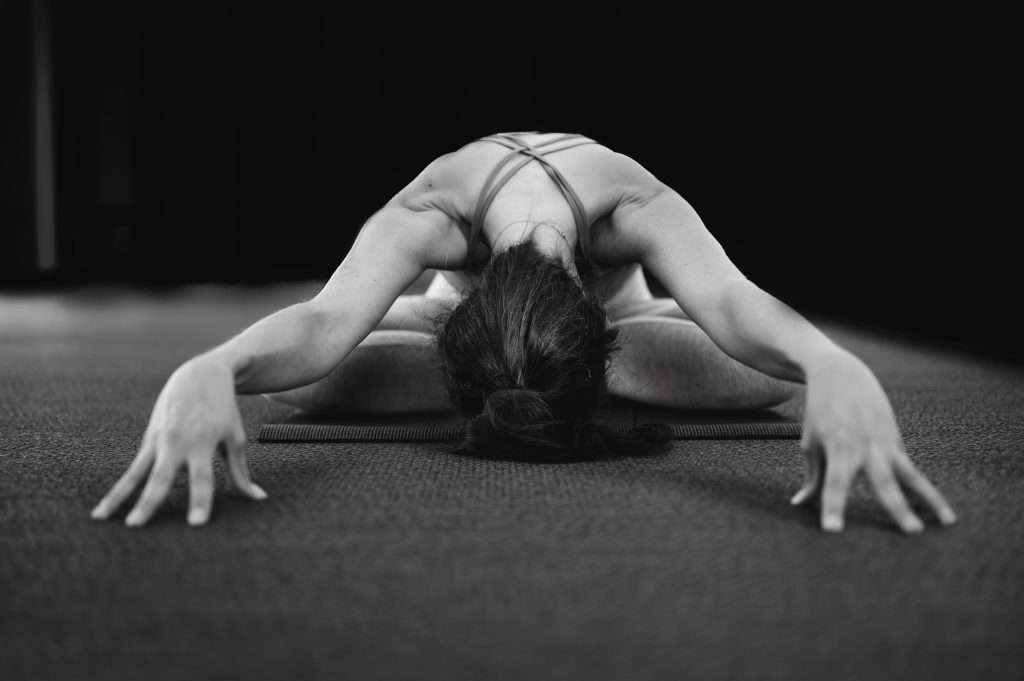
1. Establish a Strong Foundation
When designing yoga sequences for beginners, it is crucial to lay a strong foundation. Start with gentle warm-up exercises and breathing techniques to prepare the body and mind for the practice ahead. Encourage students to connect with their breath and bring awareness to their bodies.
Bear in mind that not everyone is as connected with their physical body as you are as a yoga teacher, who has probably been practicing for years. Yoga beginners might struggle with simple things, such as noticing their breath and their bodies in space.
If you plan a specific ‘peak’ pose in your class, it may be helpful to break down the pose and key aspects of it before you start teaching. Demonstrate the pose to your students and explain the most important alignment points at the beginning of class. That way you don’t have to interrupt the flow as much when you’re in the middle of your yoga sequence.
Make sure to create a balanced practice when sequencing yoga for beginners. A strong foundation includes teaching your students different types of movements in the body, while creating strength, flexibility, and mindfulness.
2. Incorporate Basic Poses and Alignment
As beginners, students need to develop a strong understanding of basic yoga poses and proper alignment principles. Focus on foundational asanas such as Mountain Pose (Tadasana), Warrior Poses (Virabhadrasana I, II, and III), and Downward Facing Dog (Adho Mukha Svanasana).
Sun Salutations, such as Surya Namaskar A, can be broken down when you are sequencing yoga for beginners. Move through the Sun Salutations slowly and offer variations for certain poses, such as Cobra instead of Upward Facing Dog.
Guide them through each pose step-by-step, emphasising alignment cues to prevent injuries and maximise the benefits of the practice. You may want to lightly assist students’ alignment in these common poses, so they learn how to execute them properly and safely from the start.
Offer options, variations, and modifications and then encourage students to explore variations and modifications that suit their individual needs and abilities. Every body is different. Teach your students to listen to what is best for them and let them know that they are not doing anything “wrong” if they choose option A instead of B.
Check out my article Sequencing Yoga: 5 Common Mistakes to Avoid for more info on what common mistakes to avoid when sequencing yoga classes!
The main takeaway is: keep it simple. Avoid funky transitions or highly creative yoga flows if your students don’t yet master the proper alignment in basic poses or Vinyasas.
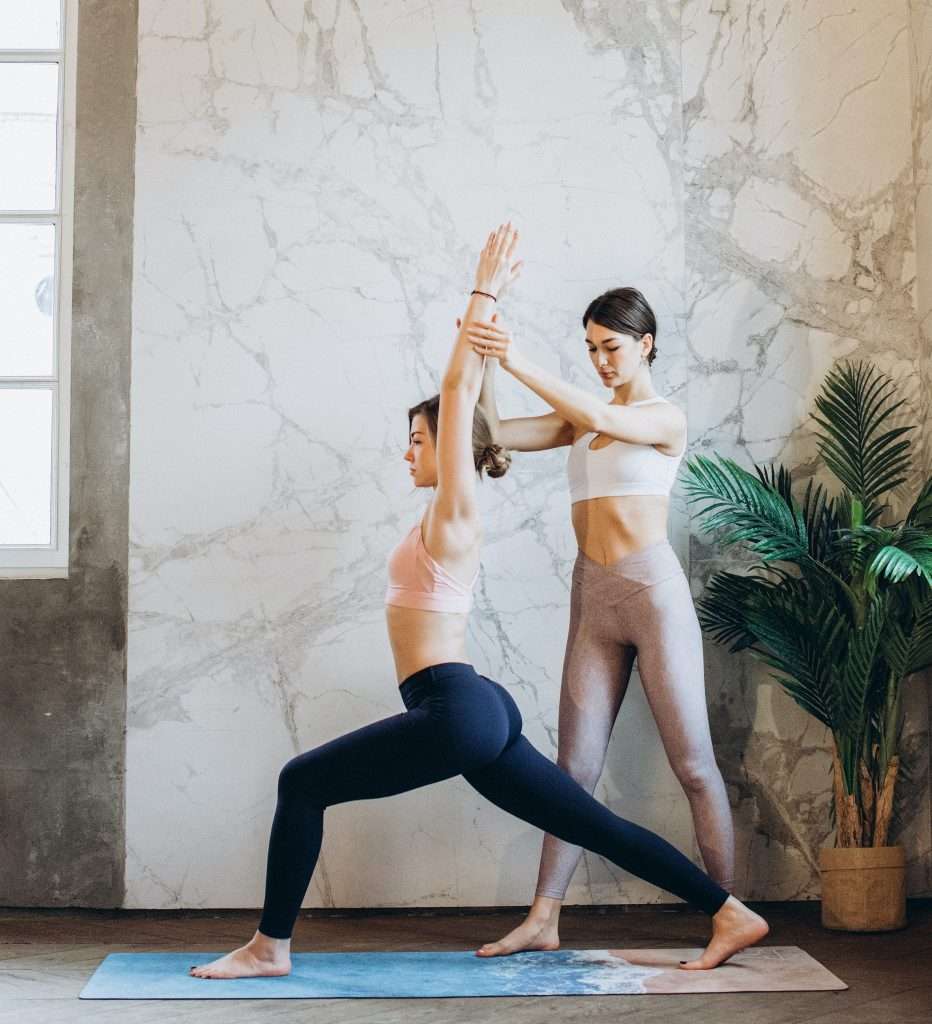
3. Emphasise Breath Awareness
One of the fundamental aspects of yoga is breath awareness. Teach beginners the importance of breathing throughout the practice and eventually learning to synchronise breath with movement, so that they can cultivate a deeper mind-body connection.
Observe your students as they practice and ensure that your students are breathing at all times throughout the practice. If you see one of your students holding their breath and seemingly struggling, approach them individually and offer them a softer modification of the pose.
Although it may be beneficial for some to learn yogic pranayama techniques such as Ujjayi from the start, other yoga beginners may struggle to breathe Ujjayi or even synchronise breath and movement, when they first start practicing yoga.
Also here, offer variations. A simple belly breath, where the belly expands on the inhale and deflates on the exhale, may be sufficient when sequencing yoga for beginners. Ujjayi can be introduced when you notice your students mastering basic breath and poses.
The main takeaway is: Teach your students to go only where they can still breathe comfortably.
4. Clean Up Your Cues and Plan in Time
When sequencing yoga for beginners, make sure that your cues are simple, straightforward, and easy to understand. Avoid very technical or anatomical terms and references. A yoga beginner probably doesn’t know what the femur is or what posterior tilt of the hips means.
Go through your script and cues and scratch anything that may be superfluous, too wordy, or too technical. If in doubt, practice with a friend who is new to yoga and ask them, if they can clearly understand what you are cueing.
An example: Instead of saying “internally rotate your thighs and activate your quadriceps”, you could say “roll thighs in and pull kneecaps up”.
That being said, it is super important to plan in sufficient time for everything when sequencing yoga for beginners. Bear in mind that you might have to explain alignment a little more extensively, take more time to assist students in poses, and move through transitions more slowly.
All this takes time, which we can often underestimate when we plan a yoga sequence according to our own practice and timing. If in doubt, plan in more time rather than less.
Get your free copy of the Workbook: Sequencing Vinyasa Classes here, where I explain the sections of a yoga class and how much time to plan for them.
5. Step Away From (Own) Bias
Whether from your own practice and experience, or from the experience of your teachers and trainings, we all tend to create habits over time. Maybe you have noticed some habits in your own practice? If not, pay attention in your next practice and see if there are any poses, movements, or transitions that you do habitually.
These habits of our own can oftentimes lead to bias, when we think that a pose needs to look or feel a certain way. As yoga teachers, we might sequence, cue, and assist in a way that suits our body and practice.
However, we have to remember yoga beginners may come to our class from all walks of live with all kinds of different bodies. Instead of picturing your ideal version of Utthita Trikonasana, ensure that your students are safe first, and then let them explore how the pose feels good for them. And this may look different from person to person.
The main takeaway is: Don’t make your practice your students’ practice but allow them to explore in a safe and assisted way.
My article Sequencing Yoga: 5 Common Mistakes To Avoid discusses some of these aspects in more depth.
Conclusion
Sequencing yoga classes for beginners requires a thoughtful approach to provide a safe and fulfilling experience. By following these five essential tips, you can create a well-rounded practice that builds strength, flexibility, and mindfulness.
Remember to establish a strong foundation, incorporate basic poses and alignment, emphasise breath awareness, clean up your cues, allow for sufficient time, and step away from your own bias. With these guidelines in mind, you can empower beginners on their yoga journey, helping them cultivate a lifelong practice of health and well-being.
Bonus
Interested in a structured and easy approach to sequencing Vinyasa classes for all levels? Grab your free copy of the Workbook: Sequencing Vinyasa Classes with 5 easy-to-follow steps.


